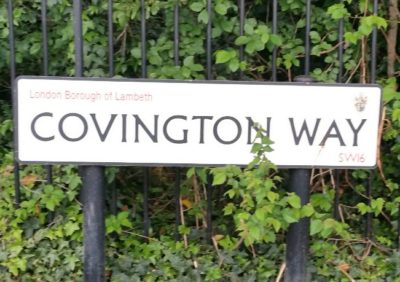Non-words are nonsense words made up of the spellings (graphemes) a child has already been taught: words like ‘bip’, ‘steg’ or ‘shromp’.
Read more to find out why non-words should be included in the Year 1 Phonics Screening Check.
Non-words are a very efficient way to check if a pupil knows:
- the sounds that the letters spell
- how to blend those sounds into words.
That is the purpose of the check: to identify pupils who are falling behind. Those pupils will have gaps in their phonic knowledge and/or poor blending skills.
As children become readers, they begin to store words in their memory banks. If they are given words they know how to read, they will not need use the strategy of sounding out the word and blending the sounds into the word. If we are trying to check knowledge of the spellings and the sounds, and the skill of blending, it is best to do so with non-words.
There has been some criticism of this idea, claiming that it encourages children to read without meaning or that is it confusing for them. We would say that it is actually very helpful to be able to read non-words. Then, when children have to read multisyllabic words they don’t know, they can break them up into chunks (which may, alone, have no meaning).
Take the word ‘frantic’. If we did not know how to read it, we would have to break it up to ‘fran’ and ‘tic’. Neither syllable has meaning. Meaning is gained only when the syllables are combined. Meaning is constructed by decoding parts of words that have no meaning themselves.
For example:
Below are some street names. In order to read them, the reader needs to figure out the non-sense syllables and then put them together.




Comments